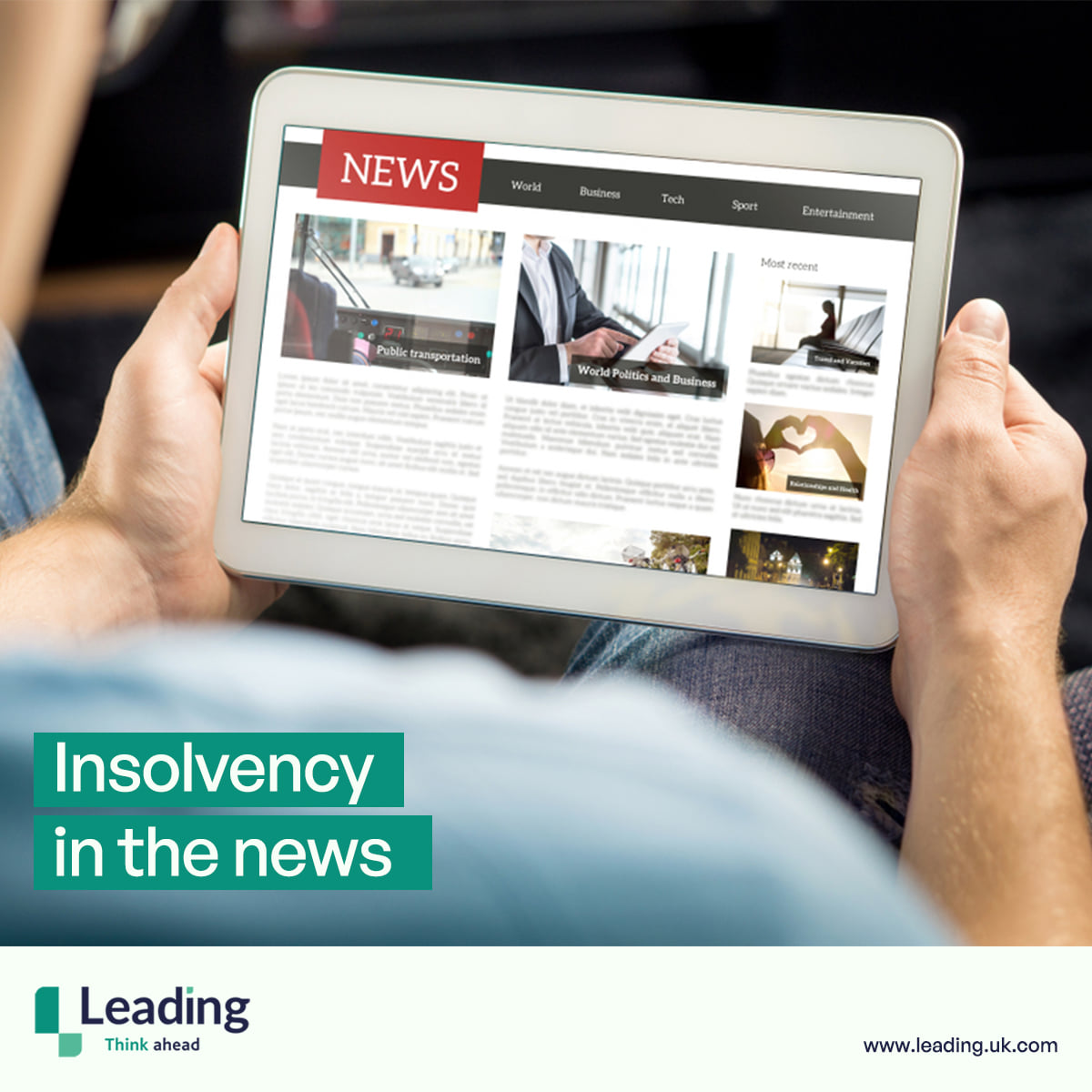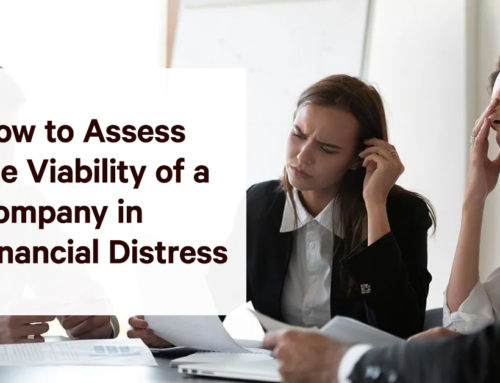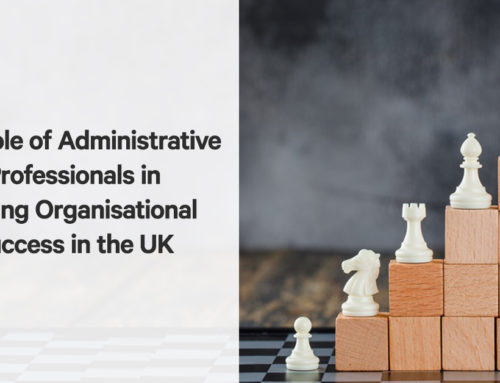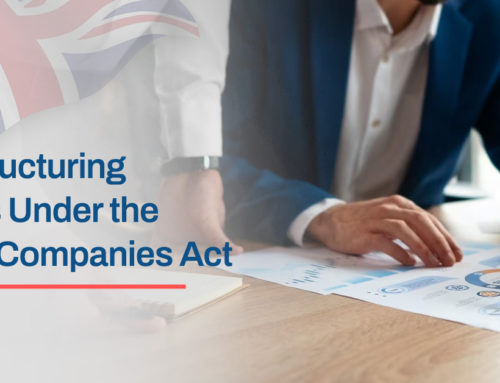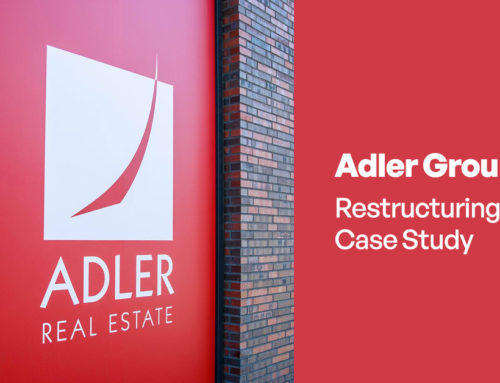There’s a reason why people say investing in a company’s share stock is risky and that’s because you may never know when that company could face insolvency, and thereby company liquidation. This is the risk point – as a shareholder, you stand to lose every penny of your investment if the company goes into liquidation.
However, that is not always the case; if you’ve invested in share stock and the company closes at a later date through a Members’ Voluntary Liquidation, i.e. the company is solvent but winding up, shareholders will receive their dividend.
Share stock in an insolvent company liquidation
When a limited company is classified as insolvent, i.e. their debts are greater than its assets and it is not in a position to meet its financial obligations, the directors of the company are either forced into liquidation by its creditors – compulsory liquidation – or they make the decision to enter a Company Voluntary Liquidation (CVL) process.
However, before a CVL liquidation process can commence, the directors of the company must get agreement from at least 75% of the shareholders that company liquidation is the best option. It’s usually at this point shareholders get a true picture of the company’s position, although they may have had their suspicions much earlier on, particularly if it is a large company and their dividends have not been as high.
With a CVL, the company is insolvent which means that its debts usually far outweigh its assets. In a company liquidation process, the assets of the company are sold to raise the necessary funds to pay creditors. This is where people who hold share stock will lose out because in accordance with the Insolvency Act 1986, secured creditors and the insolvency practitioner (IP) are first in line to be paid; next come unsecured creditors and employees who are owed money; lastly, stockholders are paid. However, in 99% of insolvent company liquidation processes, there is no money left to pay those that hold share stock.
That said, in the event there are funds remaining to pay shareholders, a validation order is required to access the company bank account and pay shareholders, if this hasn’t already been done by the IP handling the liquidation process. This is then done through the courts and there is a fee to pay. If the funds have not been shared between the share stockholders by the time the company has been removed from Companies House register, they will become the property of the state.
If an insolvent company enters administration, i.e. the IP seeks a buyer for the business in order to try and rescue it from company liquidation, shares in the company are suspended until such a point a buyer is found or it enters the liquidation process. However, even if a buyer is found for the business, the original ordinary shares are likely to be delisted. Once an IP has ascertained whether there will be any return for shareholders, which generally there isn’t, the stock will be considered worthless.
It is worth noting that it may not be a case of shareholders losing everything. If the stock is valued at zero before company liquidation, and subsequently delisted, it is possible to sell that stock so that it will not be a reflection of the current trading price. In addition, stockholders may be in a position to benefit in terms of Capital Gains Tax (CGT). As long as they have kept a full and detailed record of their share activity throughout the delisting process and can provide HMRC evidence that the shares are now worthless, a negligible value claim can be made, thereby realising a loss and potentially reducing any CGT liability.
Share stock in a solvent company liquidation
When it comes to solvent company liquidation, share stockholders are in a much stronger position and are more likely to receive a return on their investment. If a solvent company wants to wind up, i.e. close down, the directors enter a Members Voluntary Liquidation process. As with all company liquidation processes, it must be handled by an appointed licensed insolvency practitioner and agreement must have been sought from the shareholders of the company.
At the start of the liquidation process, the directors sign a Declaration of Solvency, i.e. they swear an oath that they can pay all creditors and their tax liabilities within 12 months of the completion of the liquidation process. This is effectively a guarantee to all creditors and shareholders that they will be paid back, and receive a return, respectively.
At the end of the liquidation process, the IP will transfer the relevant funds to what is called a designated client account – this is a dedicated account that has been opened in the name of the company prior to liquidation commencing by the directors specifically for the purpose of paying out funds. The IP will collect and check all shareholders bank details and pay out the funds to shareholders.
The shareholders will receive confirmation of the amount paid out and the figure they will have to declare on their tax return. In most cases, the IP will hold some funds back as part of a contingency fund but generally, this isn’t used and will be passed back to shareholders.
In some cases, IPs can struggle to find all the company’s shareholders, particularly if it is a large company with many investors or the company has been in business for a long time, i.e. shares have been passed down through the family. If a shareholder isn’t found, their share return can be deposited with a solicitor while they try to track them down but if they can’t be found, those funds will become the property of the Crown.
One thing to note at this point in terms of qualifying for Business Asset Debt Relief from HMRC – share stockholders must have owned the shares for a minimum of one year and have been an employee or director.
If your business is struggling with debts and not sure what your next step should be, are facing a compulsory liquidation or have to consider winding up an insolvent company voluntarily, the first step is to seek professional advice. Our highly experienced professionals at Leading UK are on hand to help and advise on the process.

